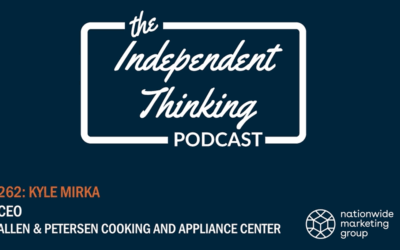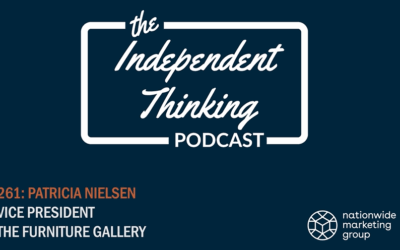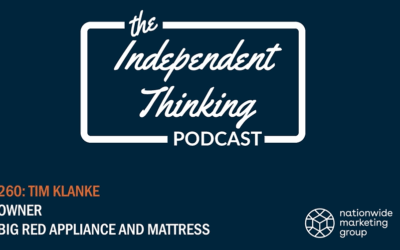The conversation around websites for independent businesses reminds of that scene from Seinfeld where Jerry goes to pick up his rental car. Despite having placed a reservation for a car, he’s told by the associate behind the counter that no rental cars were available for him. They were able to take the reservation. They just couldn’t hold the reservation.
When it comes to the digital world, independent retailers are learning that it’s one thing to have a website. But there’s a whole ‘nother conversation that needs to be had around how to truly use that website and leverage it as a real money-making asset for their business.
What your website cannot be is a set-it-and-forget-it kind of tool. As the first window into your business for some 90 percent of consumers who start their shopping journey online, a website that’s slow, outdated or simply lacking in a certain pizzazz will see potential shoppers bounce faster than you can say ‘TikTok.’
There are countless tools and resources available to create a more engaging digital experience for your customer. But one feature that’s becoming basically expected by today’s online shopper is the ability to purchase product online. Simply put, your website needs to be transactional. Whether that means you’re able to process credit card payments, you have digital wallet payments enabled, you leverage a third-party service like PayPal or some other method – you need to have your shopping cart enabled.
So many data points support that statement – like the fact that nearly 30 percent of all business today is conducted online or that two-thirds of shoppers are more likely to make a purchase if a website is mobile-friendly – but there’s one singular piece of information that was recently shared in the 2024 Global Payments Report that stands out above the rest:
In 2023, consumers spent over $6 trillion (with a T) on e-commerce transactions.
It gets even better though. By 2027, that figure is expected to increase to over $8.8 trillion. Bottom line being, if you’re not among the 70 percent of businesses with a website, you need one. And, if you have one, you ought to be getting your share of those trillions of dollars by ensuring your website is transactional.
Even if you think customers in your market aren’t going to simply drop thousands of dollars on a new appliance or piece of furniture before seeing it in person, there are plenty of accessories within every category in the home that they might prefer to purchase online from a local business. Or maybe they weren’t able to commit to the accent items to compliment that new couch, but decided a few days later they want to order them from you without having to come back into the store. Whatever the reason, simply having the shopping cart enabled on your website opens the door for your website to be a true revenue driver for your business.
How Are Customers Purchasing Online?
A deeper dive into the data from the Global Payments Report shows the types of online transactions that are most common today and how that could evolve over the next few years. Digital wallets, which drove about half the value of all online transactions last year are expected to increase to 61 percent by 2027 (around $5.4 trillion, again, with a T). Credit card payments, which will remain the second-most popular payment method will see their overall share of the market decline to just 15 percent ($1.3 trillion), down from 22 percent last year. In the U.S. market specifically, the gap between the digital wallet and credit cards is much closer. Last year, digital wallets accounted for 37 percent of the value of online transactions here, compared to 32 percent for credit cards. By 2027, the report projects that will move to 52 percent for digital wallets and 22 percent for credit cards.




